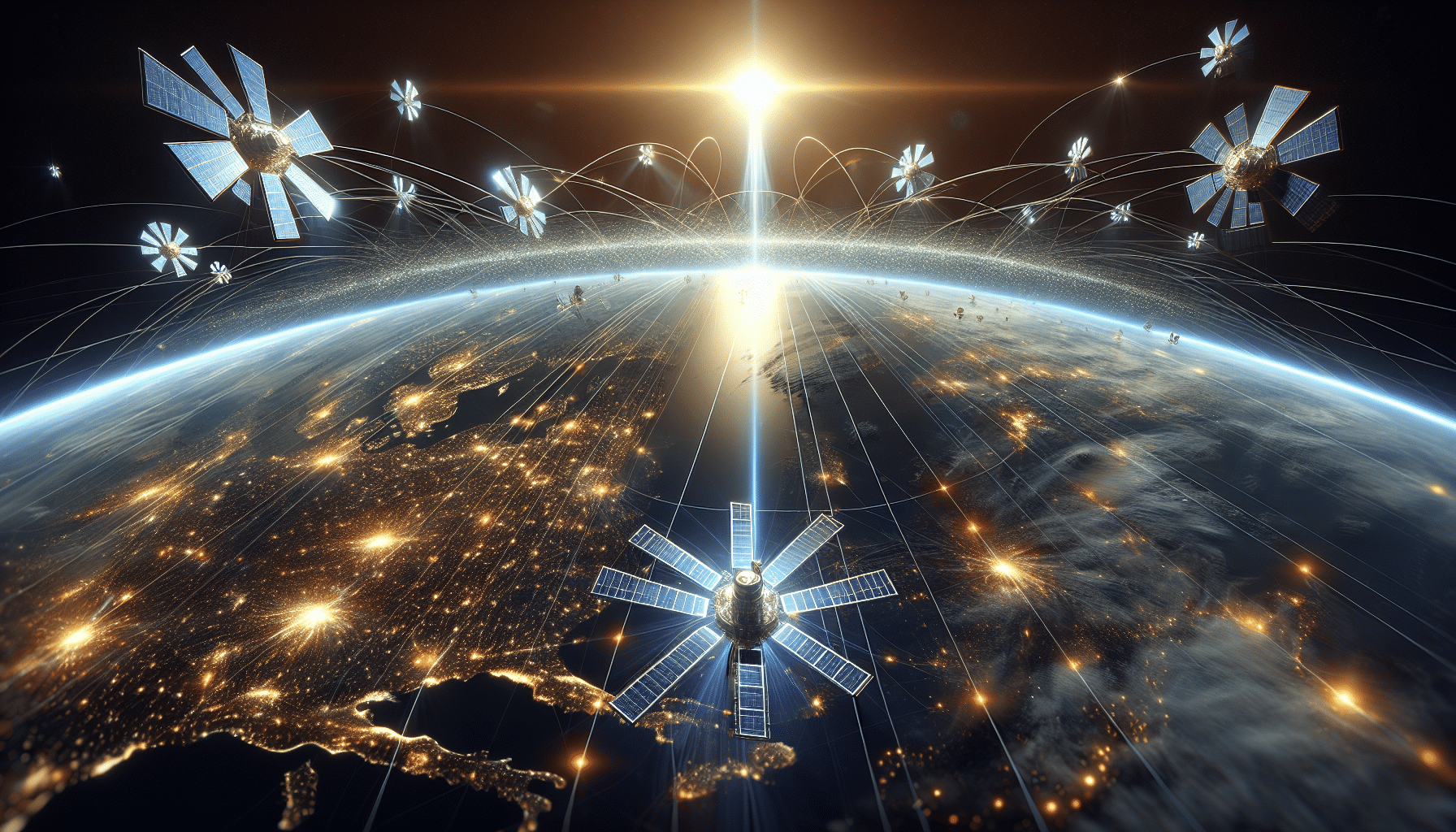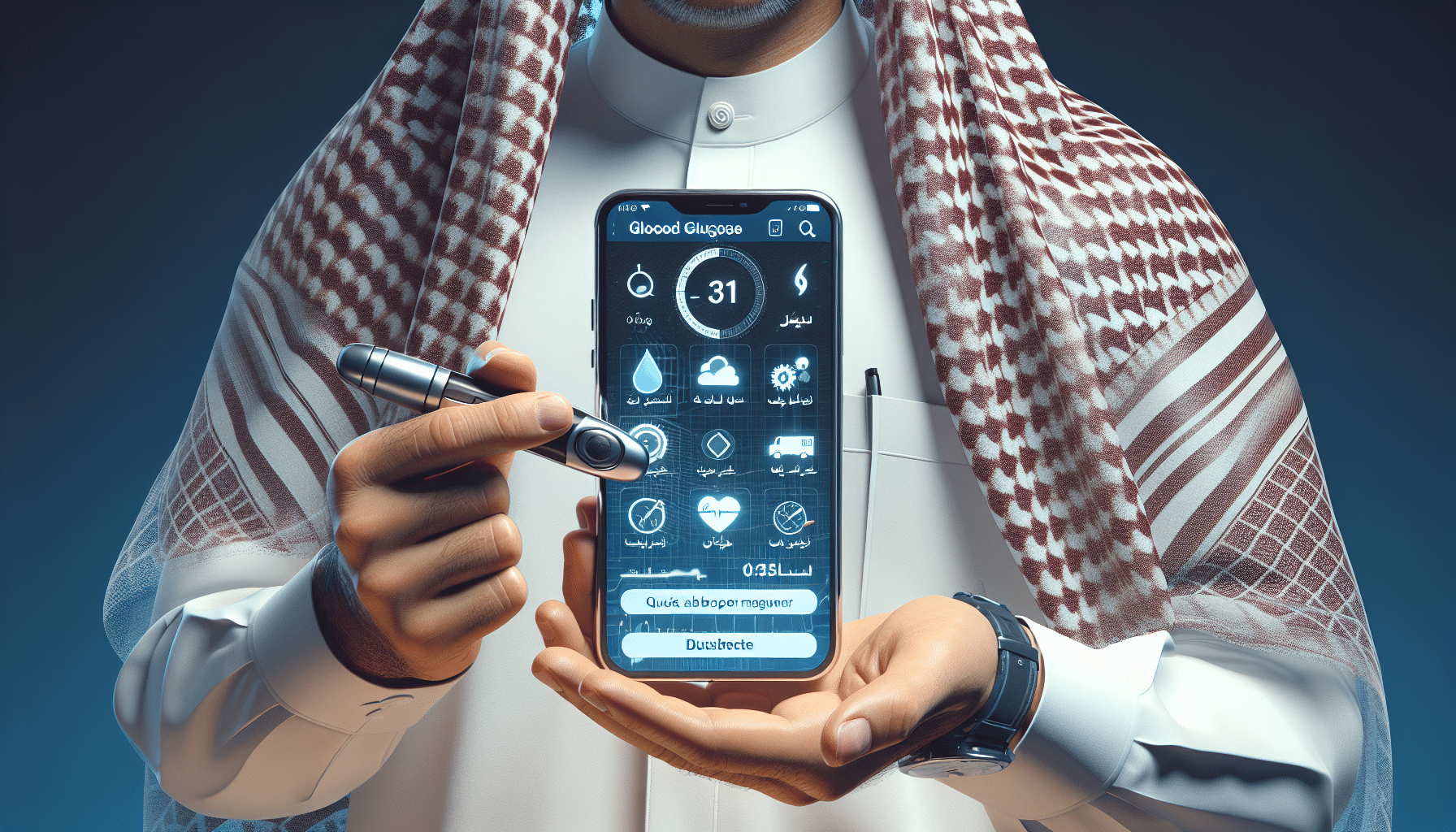In the digital age we live in, satellite technology has become a fundamental tool for global connectivity. From transmitting television signals to GPS navigation, satellites play a crucial role in our daily lives. In this article, we'll explore the fascinating world of satellite technology and how it has revolutionized the way we communicate and connect with the world around us.
Communications satellites have allowed people to communicate in real time, regardless of the distance between them. Thanks to them, we can make phone calls, send text messages and emails, and even participate in video conferences with people from all over the world. Satellite technology has broken down geographical barriers and brought people from different cultures and countries closer together.
In addition to communication, satellites also play a crucial role in Earth observation and weather prediction. Thanks to them, we can monitor natural phenomena such as hurricanes, wildfires, and climate change. This information is vital for informed decision-making and emergency planning to protect at-risk communities.
Satellite technology has also been instrumental in the development of satellite navigation, such as the GPS system. This system allows us to know our location in real time, plan travel routes, and find precise directions anywhere in the world. The accuracy and reliability of GPS have transformed the way we navigate and navigate in the modern world.
In short, satellite technology has revolutionized the way we connect with the world and opened up new possibilities in terms of communication, observation, and navigation. In this article, we'll explore in detail how satellites are connecting the world from above and how they continue to transform our daily lives in surprising ways. Join us on this fascinating journey through the universe of satellite technology!
Exploring the universe of satellite technology
Satellite technology has revolutionized the way we communicate, navigate, and collect data around the world. From broadcasting television signals to weather monitoring and GPS navigation, satellites play a crucial role in our daily lives. In this article, we'll explore how these technological devices connect the world from above.
History of satellites
The first artificial satellite, Sputnik 1, was launched by the Soviet Union in 1957, marking the beginning of the space age. Since then, satellite technology has evolved rapidly, with advances in component miniaturization, improved satellite lifespan, and increased data transmission capacity.
Applications of satellite technology
Satellites have a wide range of applications in various fields, including communications, Earth observation, navigation, and scientific research. In the field of communications, communications satellites provide global coverage and enable the transmission of data, voice, and video to remote locations.
Regarding Earth observation, remote sensing satellites collect data about the Earth's surface, which is useful for monitoring natural disasters, natural resource management, and urban planning. Satellite navigation systems such as GPS are essential for land, sea, and air navigation.
Challenges and future of satellite technology
Despite the benefits they offer, satellite technology also faces challenges such as space debris, signal interference, and vulnerability to cyberattacks. In the future, satellites are expected to become smaller, more efficient, and more sustainable, with the development of technologies such as miniature satellites and low-orbit satellites.
In short, satellite technology plays a fundamental role in global connectivity, facilitating communication, observation, and navigation around the world. As technology advances, we can expect satellites to continue to play a crucial role in our daily lives and in the exploration of outer space.

Conclusion
In conclusion, satellite technology has proven to be an indispensable tool in our modern society, connecting the world from above and facilitating global communication, observation, and navigation. Throughout history, advances in this technology have been significant, from the launch of the first artificial satellite to the development of increasingly sophisticated Earth observation and communication systems.
However, despite the benefits it offers, satellite technology also faces challenges such as space debris and vulnerability to cyberattacks. It is important to continue developing solutions to address these issues and ensure the sustainability and efficiency of satellites in the future.
As technology advances, satellites are expected to become increasingly smaller, more efficient, and more sustainable, opening up new opportunities for outer space exploration and improving global connectivity. Ultimately, satellite technology will continue to play a crucial role in our daily lives and in pushing the boundaries of space exploration.





